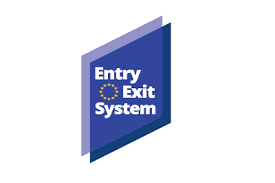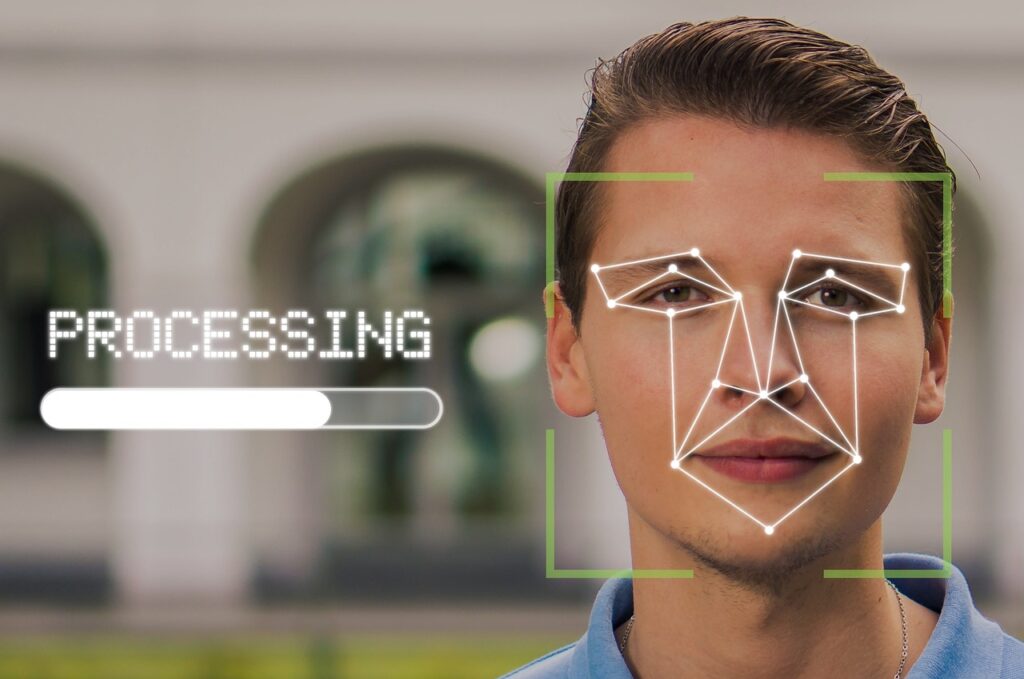Europe: New EU Border Check System Delayed for a Third Time
The European Union’s (EU) new Entry/Exit System (EES) which was to have launched on 10 November this year, has been delayed for a third time after concerns were raised by France, Germany and the Netherlands.
Published 2 weeks ago
EES Launch Date Delayed For a Third Time
Why is EES being introduced?
EES is being introduced to bolster border security within the EU and its neighbouring countries, reduce illegal migration in the Schengen Area and identify travellers who overstay their permitted time in the Schengen Area (90 days within a 180 day period). It will also replace entry and exit stamps in passports and check travelers’ immigration history, including previous entry or visa refusal.


When will EES begin?
In August 2024, the EU Home Affairs Commissioner, Ylva Johansson, announced a November 10th launch date, saying: “The moment is finally here. There may have been times you believed it will never happen. But it’s going to happen. Everything is coming together. We’re in the final testing phase. There is a real momentum now. Carriers, operators, train stations, airports, everyone is getting ready for the big day.”
The EES was first slated to be introduced in the summer of 2023, but France expressed concerns it would have an adverse impact on that Autumn’s Rugby World Cup and the 2024 Paris Olympics. It was rescheduled for 6 October 2024, then put back again until November amid concerns about disruption to school trips into the EU.
EU diplomat sources have now been reported as saying there was very little chance that any version of the new entry-exit system would be ready to be implemented in November, despite an official announcement of its launch date by the European Commission in August.
A phased roll-out of EES is now in the planning with the start date unknown as yet (the Times say “may not take place until later in the year or 2025”).
Which Travellers will need to use EES?
When it (finally) becomes operational, the Entry/Exit System will be an automated registration system for UK and other non-EU travellers, who don’t require a visa to enter the EU.
Exemptions also apply to any non-EU national who is immediately related to an EU national and also owns a residence card.
Learn more about EES exemptions.
It will not apply to legal EU citizens, or residents, or those with long-stay visas.


How will it work?
When EES is introduced, it will require travellers to register their passport details and biometric information at European borders as a digital record before entry. Precise details about how the system will work are still being finalised, however either a photograph (facial scan) or fingerprints will be taken by a border officer on first entry.
The system will register the traveller’s name, biometric data, and the date and place of entry and exit – and calculate the duration of their authorised stay. The system will also check the data against EU security databases (SIS, Interpol, SLTD).
Data will be stored on file for approx. 3 years. If you refuse to supply it, you will be denied entry.
If you enter the Schengen area again during this time, you will only need to provide a fingerprint or photo at the border, when you enter and exit.
EES only applies to crossing the external EU borders. The system does not apply to intra-Schengen travel.
A mobile application is currently being developed by the EU, to start pre-registration from home, but it is not expected to be ready for the launch of the new system and fingerprints will still need to be taken at the border.
What Countries does it apply to?
EES will apply when entering all EU member states, apart from Cyprus and Ireland (where manual checks will continue to take place), as well as four non-EU countries in the Schengen Area: Iceland, Lichtenstein, Norway and Switzerland.
How will it affect Cruising Sailors?
Checking in and out of Schengen has always been difficult for cruising sailors, as many border guards are simply not interested in yachts that they perceive as being “in transit”. Getting that first stamp in your passport and then getting stamped out at the end of the permitted stay can, for many, be a major headache. The new EES system will mean the time spent in Schengen is more easily recorded.
It is not yet known how EES will be implemented in all ports of entry, although self-service booths are being installed at all ferry ports (or border officers with tablets). Currently, many marinas act as ports of entry in Europe for visiting pleasure yachts – an option that quite possibly will no longer be available once EES is introduced due to the inability to record biometric data. It is also not known how rigidly EES will be enforced, particularly for pleasure craft.
What is clear is that yacht owners should anticipate delays when entering and exiting the Schengen area, particularly during the transition phase after initial implementation of the system. While the system aims to enhance security and streamline future travel, its initial implementation may present challenges for both border authorities and visitors.


Other New EU Border Security Measures
EES is part of wider work the EU is doing to strengthen their border security. In 2025, the EU will introduce the new European Travel Information and Authorisation System (ETIAS).
When ETIAS is introduced, you will need to apply for authorisation to enter Schengen area countries if using a third country passport. You will need to provide personal information and details about your trip, and pay a 7 Euro fee, as part of the authorisation process.
The EU has already set out more information on EES and ETIAS on the EU’s official Travel Europe website.
…………………………………
Related News:
- Plan to Fingerprint Passengers on Entry to the EU Delayed Again (The Guardian)
- EU Delays (Again) New Electronic System for Border Checks – Floats Phased-In Approach (Euronews)
- Everything You Need to Know About the EES (Euro News)
…………………………………
Find out all news, reports, links and comments posted on Noonsite, plus cruising information from around the world, by subscribing to our FREE monthly newsletter. Go to https://www.noonsite.com/newsletter/.
Related to the following Cruising Resources: Cruising Information, Documents, European Union, Planning and Preparation, Travel Information







